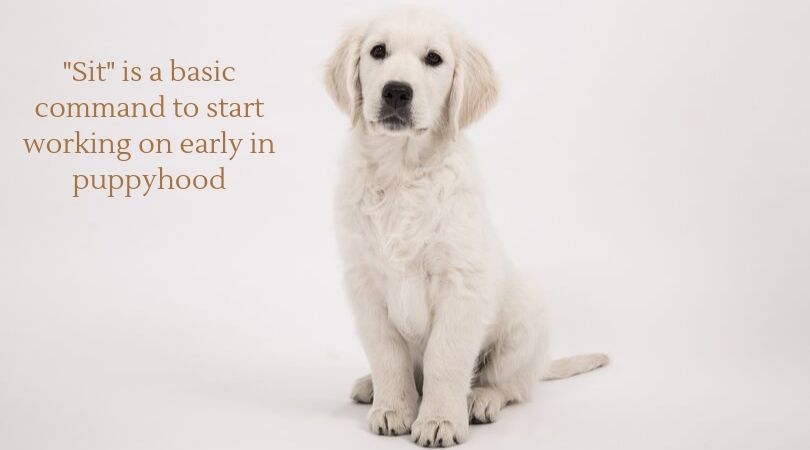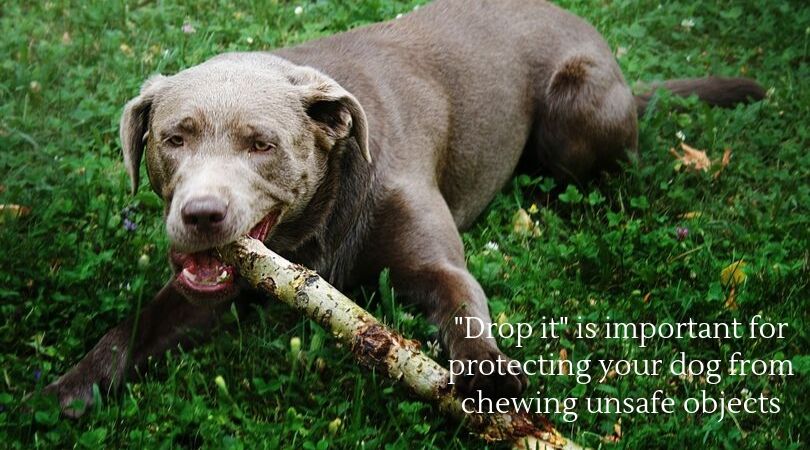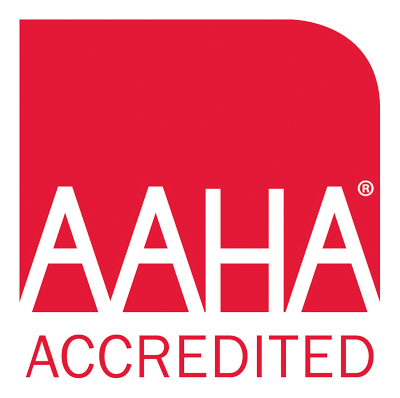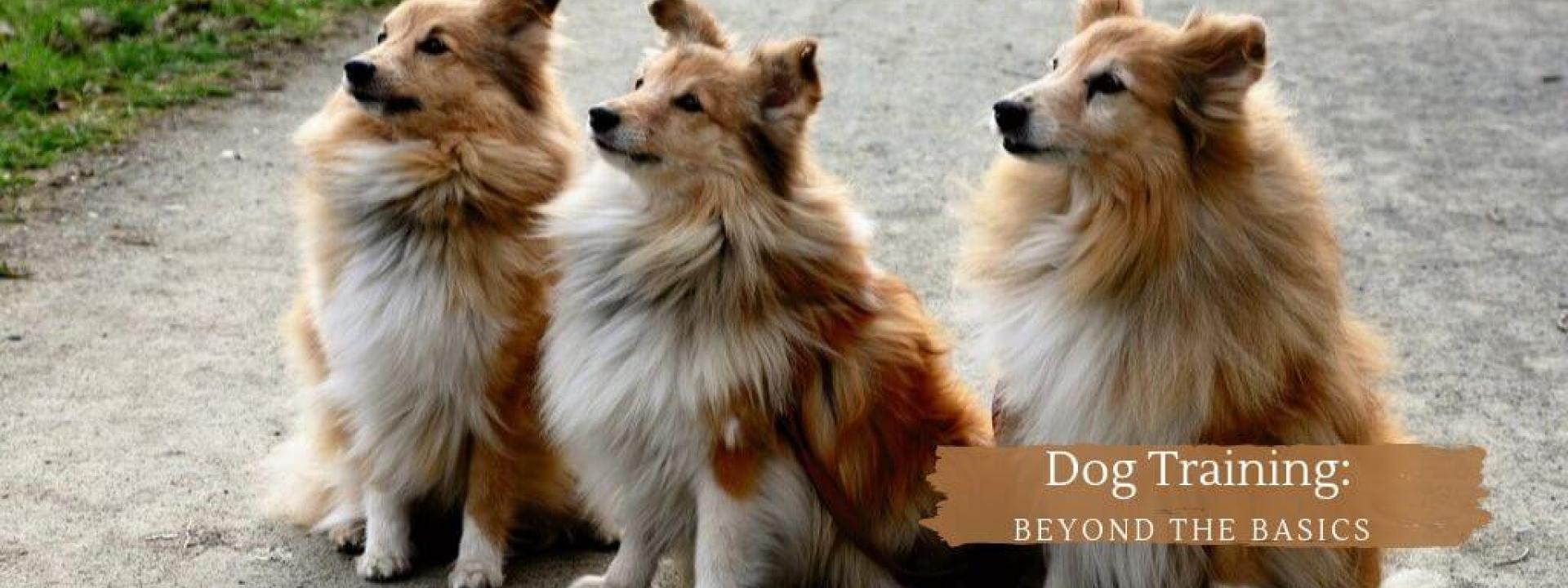Basic obedience training is an essential part of you and your dog’s relationship. Obedience training establishes the communication between you and your dog to ensure you can maintain control of them with basic commands. There are a few basic commands that should be at the top of the list to learn. These are very important for the safety of your dog, as well as to strengthen your relationship and help avoid any behavior issues.
However, after these initial commands, what are the most useful ones to learn? Let’s take a look at these first essential commands, and then explore what commands might be the most beneficial to work on after.
Sit, Stay, Come
The commands “sit”, “stay”, and “come” are generally the first basic commands that should be mastered, and it’s fine to start these early on in puppyhood. These first ones will help establish a foundation of what’s being communicated and what is expected of your pup.
- Sit – The “sit” command is typically the first one taught and although pretty basic, is very useful in keeping your dog calm and restrained. This is very helpful in any situation that can create excitability, whether you have guests coming into your home or if you’re out in a public place. The “sit” command inherently has the “stay” command with it because you are preventing the dog from moving out of position until released. This also prevents them from jumping up on people. Plus, this command is important for the safety of your dog when you are out for a walk: think about intersections, crosswalks, parking lots, and other potentially busy traffic locations.

- Stay – Similarly, the “stay” command is used to restrain your dog in their location. The difference between this and “sit” is that they don’t get into any position but stay in their spot as they are. This is very useful in preventing them from chasing another animal or object, as well as keeping them from being in your space if needed.
- Come – The “come” command is probably one of the most important ones to master. It’s very useful within the home and yard, and essential when out on a trail, in the park, or any public place. Being able to recall your dog from chasing an animal or running off if escaping the car/leash is essential for their safety.
What Commands to Learn Next
Having the basic commands learned is like having a leash in verbal form. So, what commands might be the most useful to work on next, and why? Here’s a list of some commands you might try next:
Down
The “down” command is another useful tool similar to “sit,” except it’s used for a longer duration. Just like the “sit” command, it helps eliminate other unwanted behaviors such as jumping up because your dog will be lying down. This also helps to relax over-excited dogs. This will make bringing your dog just about anywhere much easier. Being able to have your dog relax at your feet at the vet’s office, the park, or a friend’s house will make for a much more enjoyable experience. Be careful not to create confusion for your dog by using the “down” command for instances such as to get down off the couch or down from jumping up on someone. Use the “off” command for these.
Leave it/ Drop it

The “leave it” command can prevent your dog from picking something up that may either be harmful or something that you don’t want to be chewed and destroyed. It’s a very important task in self-control for your dog so that it can save your possessions as well as keep your dog safe. “Leave it” is used before your dog picks anything up. If your dog has already picked an item up, then use the command “drop it.” Learning this command will teach your dog to release anything she has picked up in her mouth.
Look/ Look at Me
The “look” or “look at me” command is a great way to teach your dog to focus on you. This command is beneficial to training your dog in general by teaching them to keep their attention on you despite whatever distractions there may be. This is very helpful when teaching your dog other commands
Heel/ Stay with Me
The “heel” or “stay with me” command is used to provide a comfortable and relaxed walking pace so your dog doesn’t pull on the leash. This makes walking a much more fun and enjoyable experience for both you and your dog. There are alternative terms you can use for this command such as “no pull” or “easy.” Use whatever you feel works for you as long as you’re consistent.
Shake or Paw
You may think this command is more along the lines of dog “tricks” they can learn, but it actually can be very practical. The command “shake” or “paw” gets your dog to lift up and give you a “handshake.” You can use this command whenever your dog visits the groomer or when at the vet’s office, specifically when getting nails trimmed or paws examined. Teaching this command before groomers or veterinarians need it gets your dog to be relaxed and trusting while their paws or legs are being examined.
Positive Reinforcement
 With all of the training you do with your dog, it’s important to remember that it should be founded on positive reinforcement. This means that you provide a reward to encourage desired behavior. This can be in the form of treats or petting and cuddles. Even playtime with you is rewarding! Punishment is likely to confuse your dog, and ultimately it does not work. Remember to have patience and keep training sessions short, especially at first.
With all of the training you do with your dog, it’s important to remember that it should be founded on positive reinforcement. This means that you provide a reward to encourage desired behavior. This can be in the form of treats or petting and cuddles. Even playtime with you is rewarding! Punishment is likely to confuse your dog, and ultimately it does not work. Remember to have patience and keep training sessions short, especially at first.
You may want to give clicker training a try. This method uses a small, handheld clicking device. It works by giving your dog a treat and clicking the device at the exact time. You do this several times and soon your dog associates the sound of the click with a treat, so they will want to earn a click.
If you feel you need extra help, you may consider working with a professional trainer in an obedience class. Above all, please talk to your veterinary team if you have any questions or concerns. We’re happy to talk about recommendations!



